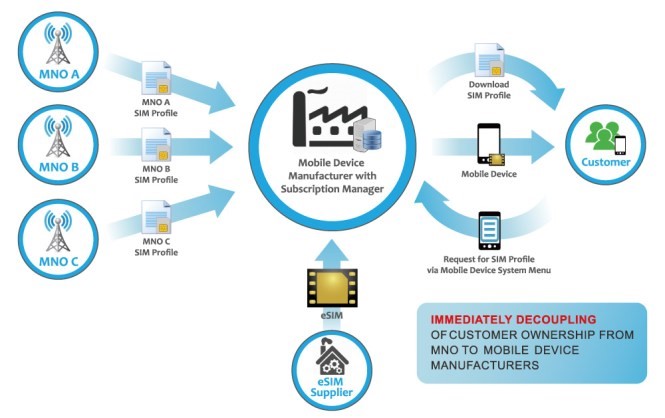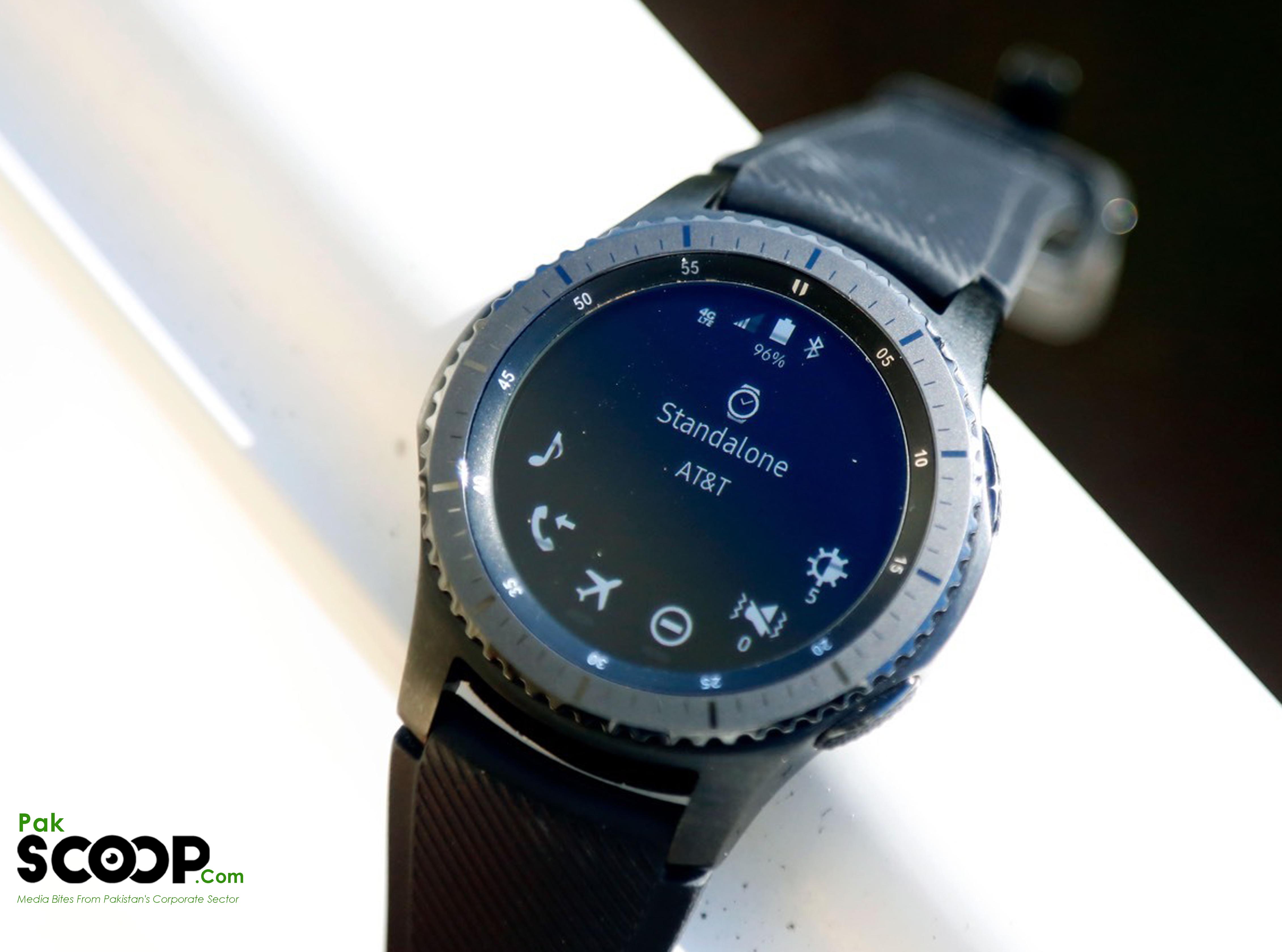Embedded SIMs integrates the identification technology of the plastic card into the device’s processor or modem itself. By adopting e-SIM technology, mobile network operators can benefit from the opportunity to take a leading role in the IoT market. They would also have the ability to provide convergent offers with multiple devices (for instance, the smart car and smart watch) under a single contract with the consumer more conveniently than they would use physical SIM cards.
The first SIM card was developed by the German company Giesecke & Devrient GmbH, which later sold three hundred cards to the Finnish operator Radiolinja that began commercial operation in 1991
The SIM card revolutionized the Telecom industry and spurred us into the world of portable communication which moved onto smartphones.

SIM stands for subscriber identity module, and it’s generally a tiny, fingernail-size piece of plastic that you slide into a tray on your phone, laptop, tablet or smartwatch. Typically, it’s found in your phone and contains a unique reference number for your account so that your mobile service provider knows whom to charge and how much access to grant you. The card also has some onboard memory to store a small number of your contacts and SMS messages. But fiddling with a tiny physical card is archaic and frustrating (who wants to carry around a SIM ejector?), nevertheless eSIMs can alleviate that pain.
Consumers benefit from the network-selection option that embedded connectivity technology provides. The ability to change providers easily means that e-SIM customers don’t have to carry multiple SIMs, have full tariff transparency, and can more easily avoid roaming charges. It will give the freedom to switch operator at the end of a contract if you so wish without having to wait for a new SIM in the post or visit a mobile phone shop, you will be able to upgrade your account from a pay-as-you-go plan to a contracted one for example with the minimum of fuss.
Consumer devices will require a more dynamic pull mode to request electronic profiles than the passive push mode of M2M technology. This requirement translates into a big incentive for device manufacturers and over-the-top players to support the industry-wide adoption of eSIMs standards.
The evolution of eSIMs, supporting remote provisioning of mobile operators’ profiles, could allow new IoT devices and business-models to thrive. Mobile device manufacturers are the biggest winners here. With embedded SIMs they get a new business, more control over the device and more flexibility to use the space inside the device as they please.
Mobile Device Manufacturer Centric eSIM Ecosystem:








